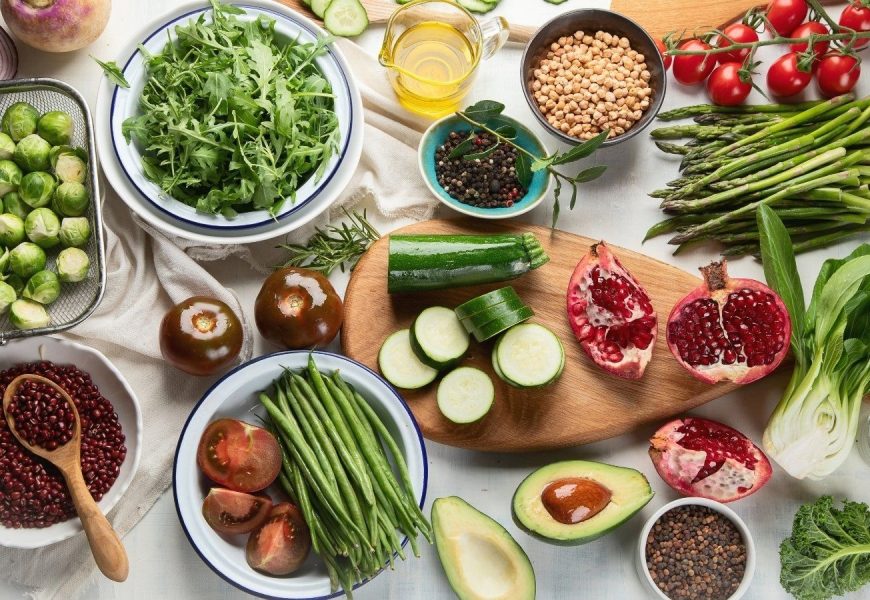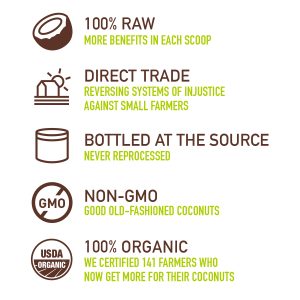In a world where the availability of food knows no boundaries, embracing the richness of local and seasonal ingredients has become a culinary and environmental imperative. Seasonal eating not only connects us with the natural rhythms of the earth but also supports local farmers, reduces our carbon footprint, and ensures the freshness and flavor of our meals. In this article, we’ll explore the benefits of incorporating seasonal and locally sourced ingredients into your cooking and provide practical tips on how individuals can make this delicious and sustainable shift in their culinary practices.
1. Understanding Seasonal Eating:
Seasonal eating involves choosing and consuming foods that are naturally available during a specific time of the year. Different regions experience distinct seasons, each influencing the growth and harvest of various crops. Embracing seasonal eating means aligning your diet with the fruits, vegetables, and other produce that are in abundance during a particular season.
2. The Benefits of Seasonal and Local Eating:
a. Freshness and Flavor:
Seasonal ingredients are harvested at their peak, ensuring optimal freshness and flavor. Fruits and vegetables that ripen naturally in their respective seasons tend to be more vibrant and delicious compared to those picked before their prime and transported long distances.
b. Nutrient Density:
Seasonal produce is often more nutrient-dense. Since the time from harvest to consumption is minimized, the fruits and vegetables retain their maximum nutritional value. Consuming foods rich in vitamins and minerals contributes to a well-balanced and nourishing diet.
c. Environmental Sustainability:
Opting for locally sourced and seasonal ingredients supports local farmers and reduces the environmental impact associated with long-distance transportation. It also helps preserve biodiversity, as diverse crops are cultivated based on the natural conditions of the region.
d. Cost-Effectiveness:
Seasonal produce is generally more abundant and less expensive due to its local availability. By focusing on what is in season, individuals can enjoy cost-effective meals while supporting local farmers and the regional economy.
3. Tips for Incorporating Seasonal and Locally Sourced Ingredients:
a. Explore Farmers’ Markets:
Farmers’ markets are treasure troves of seasonal produce, offering a diverse array of fruits, vegetables, herbs, and more. Visit your local farmers’ market to discover what is in season and engage with local farmers. Building a connection with the producers allows you to learn about their farming practices and gain insight into the origin of your food.
b. Join Community-Supported Agriculture (CSA) Programs:
CSA programs provide individuals with direct access to fresh, seasonal produce from local farms. Participants subscribe to a share of the farm’s harvest and receive a weekly or monthly box of seasonal goodies. Joining a CSA not only ensures a regular supply of fresh ingredients but also supports local farmers.
c. Embrace Seasonal Meal Planning:
Adjusting your meal plans to align with seasonal availability can be a creative and rewarding culinary experience. Research what’s in season in your region and plan your meals accordingly. Websites, apps, and local agricultural extension services often provide guides to help you identify the fruits and vegetables in season each month.
d. Build Relationships with Local Producers:
Establishing connections with local farmers, fishermen, and producers creates a direct link between you and the source of your food. Consider visiting local farms, participating in farm tours, or engaging with producers at community events. Building these relationships not only ensures a fresh and reliable supply but also strengthens your community ties.
e. Preserve Seasonal Bounty:
Preserving seasonal ingredients through techniques like canning, freezing, or pickling allows you to enjoy their flavors beyond their natural harvest period. This practice not only reduces food waste but also provides you with a pantry stocked with delicious, locally sourced treats throughout the year.
f. Experiment with New Recipes:
Seasonal cooking invites experimentation with new recipes and flavor combinations. Challenge yourself to explore different cooking methods and cuisines based on the seasonal ingredients available. This not only enhances your culinary skills but also broadens your appreciation for the diversity of locally sourced foods.
g. Support Local Food Initiatives:
Many communities have local food initiatives, including urban gardens, community-supported kitchens, and food cooperatives. Support these initiatives by volunteering, purchasing their products, or actively participating in community food events. Your involvement contributes to the sustainability and resilience of local food systems.
h. Understand Regional Growing Seasons:
Different regions experience unique growing seasons based on climate and geography. Familiarize yourself with the specific growing seasons in your area to make informed choices about which ingredients to prioritize. This knowledge enables you to make conscious decisions about sourcing the freshest and most environmentally friendly options.
i. Learn Seasonal Substitutions:
While certain ingredients may be available year-round due to global trade, it’s beneficial to learn about seasonal substitutions. For example, if a recipe calls for a specific berry that is out of season, consider using a locally available fruit in its place. Adapting recipes based on seasonal availability enhances creativity and flexibility in the kitchen.
j. Stay Informed:
Stay informed about seasonal produce by regularly checking local guides, food calendars, or apps that provide information on what’s in season. Being aware of the ebb and flow of seasonal availability helps you make conscious choices when shopping for ingredients and planning meals.
k. Grow Your Own:
If possible, cultivate a small herb garden or even grow some vegetables in your backyard. Growing your own produce allows you to experience the joy of harvesting and consuming food directly from your garden. It also connects you with the natural cycles of planting and harvesting.
l. Participate in Seasonal Food Challenges:
Challenge yourself to create meals using only seasonal and locally sourced ingredients for a specific period. Many online platforms host seasonal food challenges or provide inspiration for creating meals based on local produce. Participating in these challenges can be a fun and educational way to explore the world of seasonal cooking.
m. Plan Ahead and Preserve:
To make the most of seasonal abundance, plan your meals ahead of time. Consider batch cooking and preserving excess produce to enjoy during leaner seasons. Techniques such as canning, dehydrating, and freezing allow you to extend the life of seasonal ingredients and minimize food waste.
n. Prioritize Ethical and Sustainable Practices:
When choosing local producers, prioritize those who adhere to ethical and sustainable farming practices. Look for labels such as organic, regenerative, or biodynamic, indicating a commitment to environmentally friendly and socially responsible agriculture.
4. Seasonal Cooking in Practice:
Let’s explore how to incorporate seasonal and locally sourced ingredients into everyday cooking through a simple example: a seasonal salad.
Example: Seasonal Salad
Ingredients (Spring/Summer):
- Fresh, local greens (e.g., spinach, arugula, or lettuce)
- Seasonal vegetables (e.g., tomatoes, cucumbers, and radishes)
- Local cheese or dairy (e.g., feta or goat cheese)
- Nuts or seeds (e.g., almonds or sunflower seeds)
- Fresh herbs (e.g., basil, mint, or cilantro)
- Homemade vinaigrette using local olive oil, vinegar, and seasonal herbs
Instructions:
- Wash and Chop: Clean the greens and chop the seasonal vegetables into bite-sized pieces.
- Add Cheese: Crumble the local cheese and sprinkle it over the salad for added flavor.
- Include Nuts or Seeds: Add a crunch to your salad with locally sourced nuts or seeds.
- Fresh Herbs: Incorporate freshly picked herbs for a burst of aroma and flavor.
- Make a Homemade Vinaigrette: Mix local olive oil, vinegar, and seasonal herbs to create a simple, delicious dressing.
- Toss and Enjoy: Toss the salad with the homemade vinaigrette, and your seasonal salad is ready to be enjoyed!
5. Conclusion:
Incorporating seasonal and locally sourced ingredients into your cooking is a delightful journey that connects you with nature, supports local communities, and fosters a deeper appreciation for the food on your plate. Whether you explore farmers’ markets, join a CSA program, or grow your own herbs, each step toward seasonal eating contributes to a more sustainable and flavorful culinary experience. By embracing the ever-changing tapestry of seasonal ingredients, you not only savor the unique flavors of each harvest but also play a part in nourishing the planet and fostering a more resilient and interconnected food system.

















